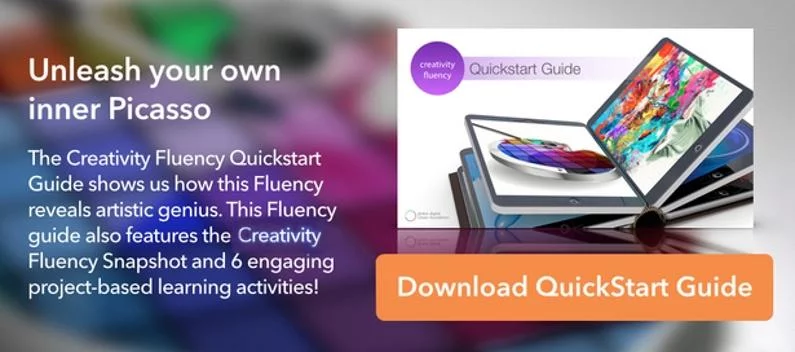Defining the Common Core State Standards Arts Connection
When the Common Core State Standards (CCSS) came into being, there was already a movement to get arts standards under development. There was a concern of how arts teachers could support Common Core and keep their own supporting resources flowing.
Once again, the arts felt threatened by more budget cuts as the education world shot a focus on core subjects. The arts world felt like it had to change something it was doing in order to accommodate a new focus. The response was electric.
- Develop our own arts standards.
- Seek to explicitly align the arts to support Common Core State Standards.
- Assure arts teachers that the very nature of their craft already supports Core concepts.
Here's how it was done.
Definition Gymnastics
David Coleman, head writer for the CCSS literary arts standards, framed these concerns with the following challenges:
- Identify arts references already present in the Common Core State Standards
- Identify elements of the Common Core State Standards that reference the same broad goals and thinking skills that are highlighted in the framework for the National Core Arts Standards, even if the Common Core components do not directly refer to the arts.
We tackle the first question with a little bit of definition gymnastics:
Common Core includes a provision in its literacy standards for "technical subjects," of which music is included. In other words, its “informational text”—musical terms and symbols present in a composition—are fair game for study and examination. These symbols are considered the “text.”
Standard CCSS.ELA-Literacy CCRA.R.1 says this:
“Read closely to determine what the text says explicitly and to make logical inferences from it; cite specific textual evidence when writing or speaking to support conclusions drawn from the text.”
This is how Common Core State Standards address musical language. You may already have noticed that the text itself may not be the focus, because one can argue that musical text is not the same as English text. Indeed, it is the higher-order critical thinking skills at play here, and not the actual language in question.
David Coleman puts it another way:
- No great artist looks at a piece of art once and considers it done. Every artist loves observation, rigorous observation and repeated observation. At the core of these standards is more demanding texts that will require rereading and careful observation.
- "The arts have the great advantage of a single score with multiple interpretations. For example, when reading Shakespeare, one can see multiple examples of how others have interpreted this text, and there’s no greater master class on the role of evidence and interpretation than a single score of music being interpreted in several different ways.
Additionally, arts-referenced standards make up roughly 16% of all the literary standards. The arts holds the key to addressing these particular standards.
Are You Being Served?
Now let’s address the second challenge: How do the Arts Standards serve the common core?
The answer: Indirectly. What we are aligning here are similar broad goals and higher order thinking skills, when Common Core components do not directly refer to the arts.
CCSS.ELA-Literacy.RL.2.4 states:
Describe how words and phrases (e.g., regular beats, alliteration, rhymes, repeated lines) supply rhythm and meaning in a story, poem, or song.
Referring specifically to this particular Common Core literacy standard, NCASS argues how an arts-based approach would be naturally aligned.
Another indirect reference (and it’s a big one) is the NCASS reliance upon the Arts Standards Framework "Creative Practices.” This includes the actions “Imagine, Investigate, Construct, Reflect."
The same higher-order thinking skills used in creative practices are those used in project-based learning or any project using design thinking.
So again, an indirect reference, but remember that we are aligning the standards using broad goals and higher-order thinking skills.
Proper Alignment
Alignment to the CCSS within the arts programs need not be a stumbling block. Because the arts are inherently project-based learning (performances, recitals, art shows), the thought processes are the same that are used in higher-order STEM—things like critique, analysis, creating, and evaluating.
Alignment is simply looking at the arts through slightly different lenses—as a studio for generating new ideas and thinking critically about how your art communicates to your audience. Let us see the arts as the place where all that creativity takes place, and as vitally critical to the success of our students.

